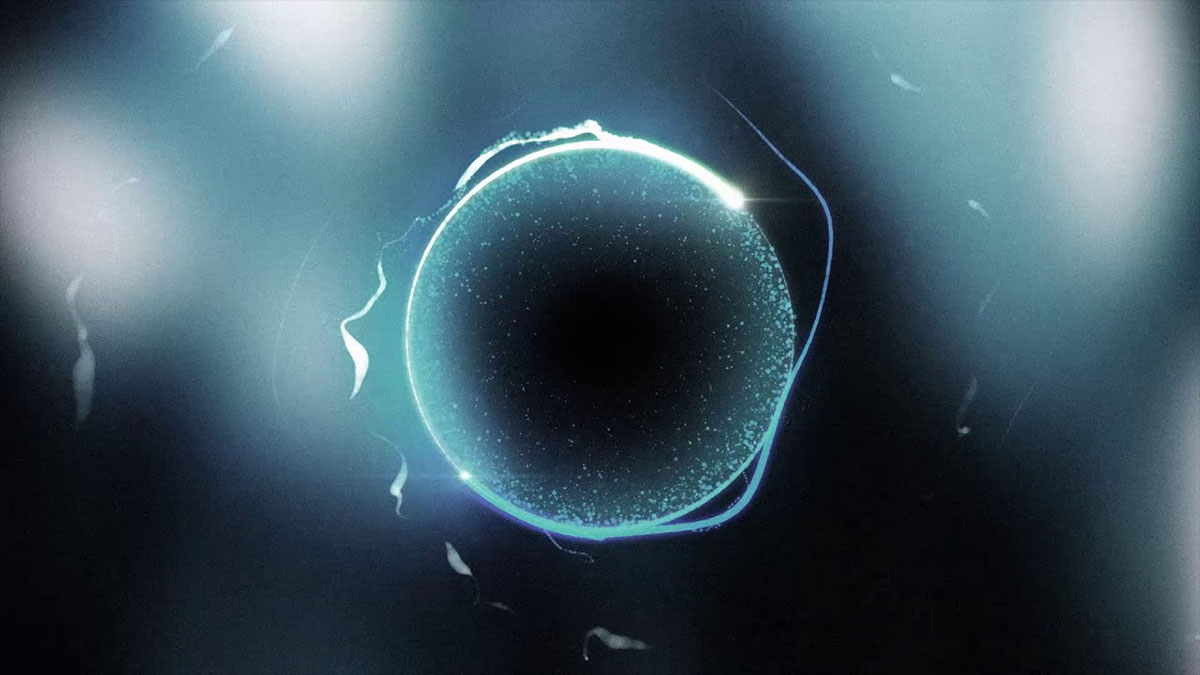the micro black hole dilemma, revisited

Do you hear the rumble in the background? That’s the Large Hadron Collider getting ready to smash particles and either seal the standard model of particle physics for the foreseeable future, or overturn much of what we know about quantum mechanics. And of course, once again people are asking whether black holes will form as a result of smashing atoms at nearly the speed of light and if the world is about to be destroyed. Once the first collisions are imminent, don’t be surprised to hear doomsday chatter about micro black holes growing so large, they escape and devour the Earth as they either sink stealthily into the ground, or spectacularly blast the collider to pieces and unleash the kind of explosive doom on the word, it would move Michael Bay to tears.
Believe it or not, many physicists racked their brains about the possibility of micro black holes being made at the LHC and so far, all of them are sure that unless we’re completely way off base about the quantum world, a micro black hole couldn’t possibly harm us. The problem is mass. The smaller the black hole, the less pull it has, the more unstable it is and the faster it evaporates into nothing. Because its mass would be comparable to a few protons, it would evaporate so quickly, it wouldn’t have enough time to actually exist according to very basic calculations. On top of that, it’s radius would be smaller than Planck Length so it would also be way too small to register as a physical object. But again, those are just quick and dirty estimates. The reality of a micro black hole is much more complex and according to a recent paper, there is a chance it could be born and live long enough to be detected. Of course there’s a hitch. It would need five space-time dimensions to do it.
According to a five-dimensional construct of space and time known as the Randall-Sundrum model, there’s a dimension which experiences a gravity leak. Micro black holes would be anchored in this dimension and try to accrete matter faster than their predicted evaporation. Thus, they could last far longer than your quick and dirty estimate would allow them, but they would still evaporate within fractions of a second. To actually grow into an immense monster with which we’re familiar, would take longer than the lifetime of the entire universe. And it’s not guaranteed by any stretch of the imagination because this black hole would need optimal conditions and to be fed with enough matter in enough time and with the kind of precision that would put any atomic clock to shame. The worst possible case scenario in realistic terms? We’d get a micro black hole with the mass of a bacterium which would take countless eons to grow to a truly noticeable size. Considering that the sun would burn out well before that, a micro black that survived by being anchored to an extra dimension is the absolute least of our worries as far as the cosmos is concerned. And on top of that, we need to keep in mind that so far, the only place where the Randall-Sundrum model exists is in the realm of mathematics.
See: Casadio, R., et. al (2009). Theoretical survey of tidal-charged black holes at the LHC, arXiv: 0911.1884v1
[ story tip by Dr. Ian O’Neill ]





